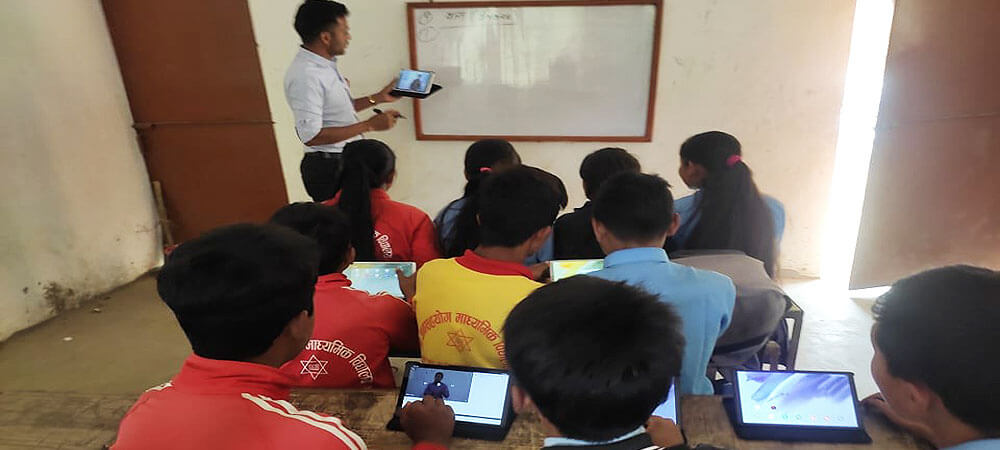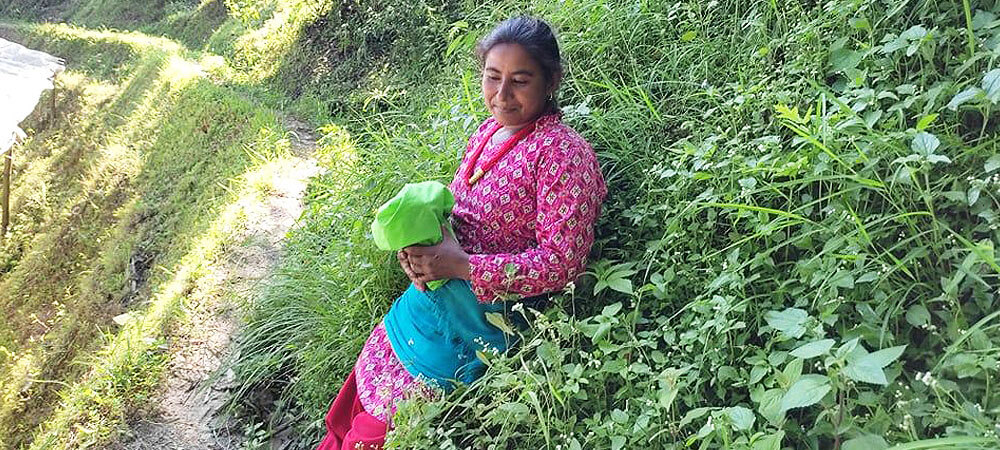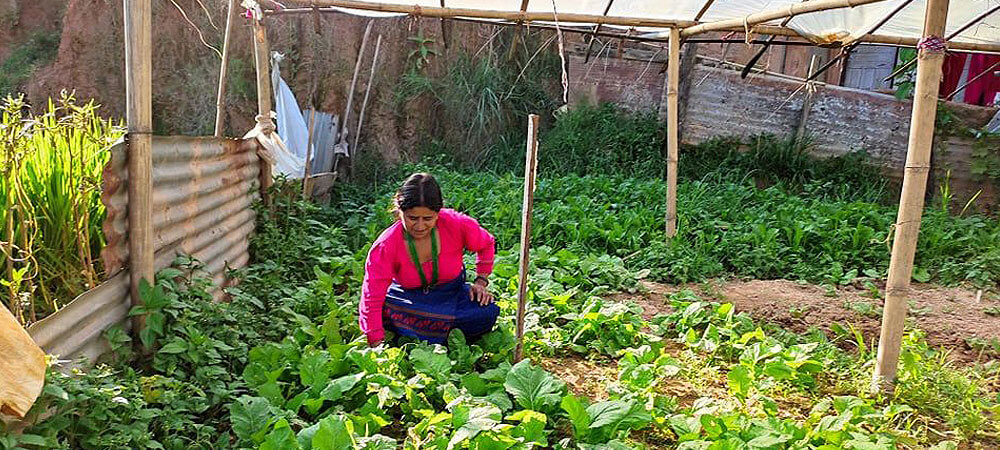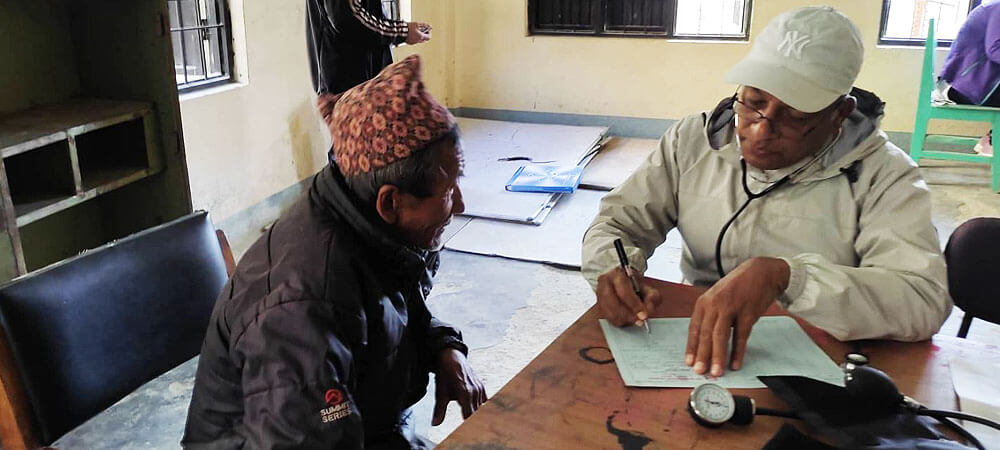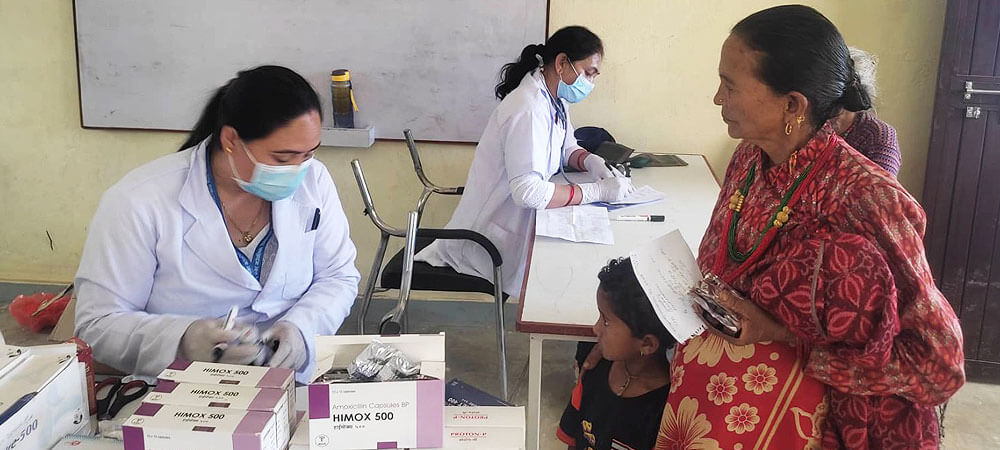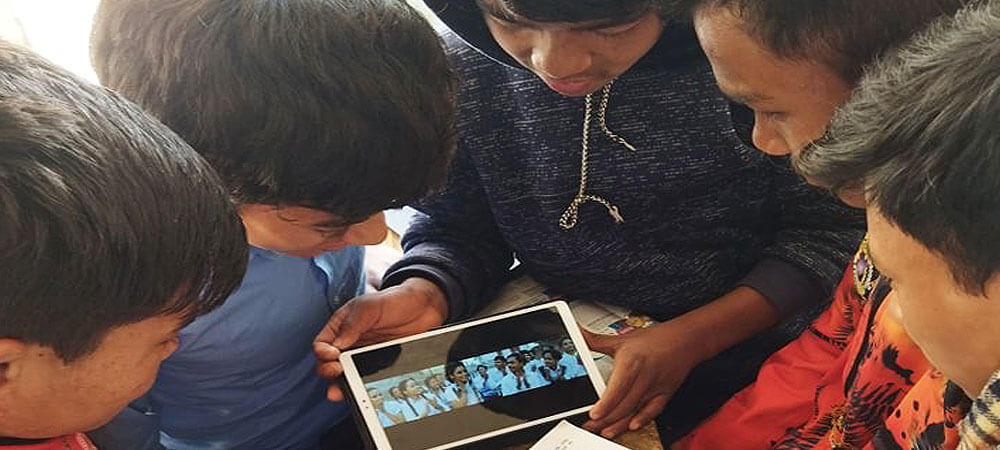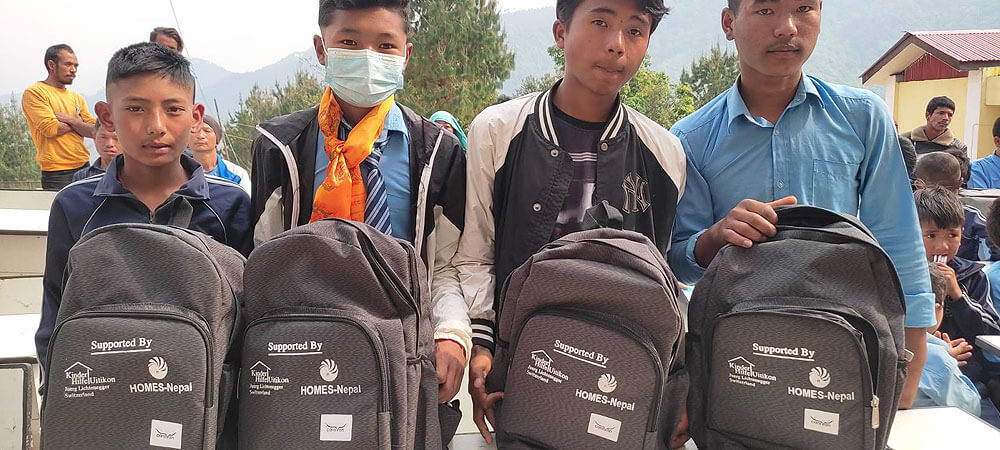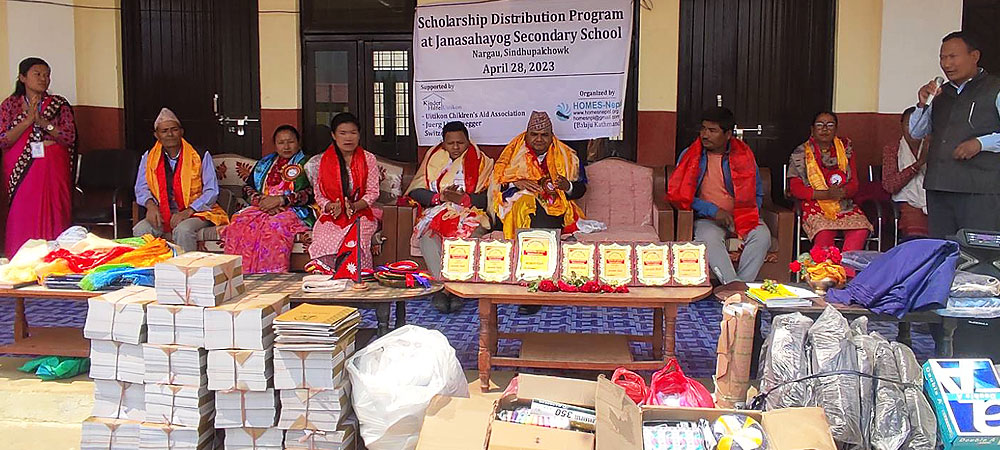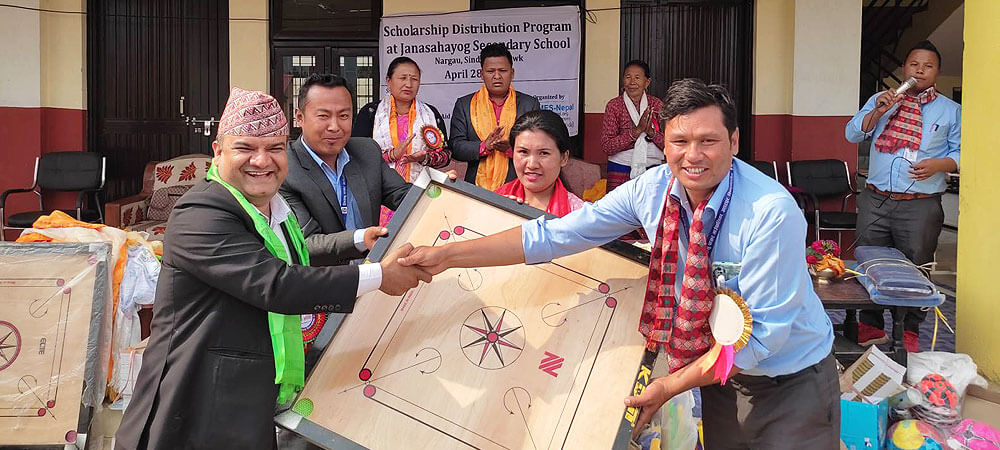Juerg-Utikon Digitalization Learning in School
| Project: | Juerg-Utikon Digitalization in Janasahayog Secondary School |
| Address: | Nargau, Sindhupalchowk |
| Equipment Support: | laptops, computers, projector, printer, scanner, copier and tablets |
| Project Supported by: | Juerg Lichtenegger and Utikon Children's Aid Association, Switzerland |
| Implementing Organization: | HOMES Nepal |
| Total Number of Students: | 297 |
Project Area Descriptions
Sindhupalchowk District is a part of Bagmati province and one of the seventy-seven districts of Nepal, with an area of 2,542 km2 (981 sq mi). People depend entirely on agriculture for their survival. Since the district is hilly, the land is not very fertile land, and the yield is very low. So, the lifestyle of people is not easy. Sindhupalchok is one of the worst-affected districts as a result of the earthquake that took place on 2015. More than 4000 people were killed and many injured. More than 80000 thousand houses are severely damaged and many schools.
Sindhupalchowk was one of the corona virus affected areas and people were dying without getting proper medicine, sanitary items and poverty in early 2021. It’s a hilly area and difficult to get hospital even in the normal condition, they have to depend on the traditional healing system and limited services local health centers. Now, the situation is going to be controlled day by day. The people became again more vulnerable and poor due to the pandemic.
 |
 |
 |
 |
 |
 |
 |
 |
 |
 |
 |
 |
 |
Janasahayog Secondary School lies in Lisankhu Pakhar Rural Municipality of Sindhupalchowk where most of the people are Tamang which is one of the ethnic groups of Nepal. Most of the students (98%) are from the Tamang community. The Tamangs have the agricultural based economy which is always subsistence level. They can't afford any other life changing goods and always struggling for basic needs.
Due to the Global Pandemic since 2020, the schools are remain closed (most of the months), In Nepal the lockdown is still going on but not strict, the infection rate is decreasing in order. People are afraid of a third wave of infection. Vaccination is going on slowly. Government announced not to open any schools, colleges, tourism, and other more crowded areas. Kathmandu/city Schools have started to teach online classes since the previous year but in the village it is not effective due to the equipment unavailability.
Digital Equipments Support
HOMES Nepal initiated the school digital learning equipments support program since 2015. Since then, HOMES Nepal provided, laptops, computers, projectors, printer, scanner, copier, library equipments and books.
When the pandemic spread all over the world, school remained closed and imposed digital/online learning. Private school started online classes in earlier days of lockdown but the village school totally closed without any learning. We experienced such situation and started digital learning by providing 54 tablets with fully loaded educational digital materials and services in Shree Janasayag Secondary School, Nargau, Sindhupalchowk.
Project Implementation
HOMES Nepal started pilot project of digital learning. In first phase, 54 tablets were donated with equipped digital materials, out of 54, 5 tablets were for the teachers and 49 tablets for the students. We made a group of 5 students of same grade and same locality and provided one tablet for one group. We focused on grade 3 to 10 students. 54 simcards and internet packs were also added in the tablets.
Teachers used the "Google meet" for the online class. HOMES Nepal volunteers helped to organize/grouping the students and finding the learning place.
Expected Output
- Students and Parents can familiar to the technology
- Students can learn online and complete their academic year without year loss.
- Parents need not to invest money for buying gadgets and internet. So, they will not be in debt.
- Virtual learning can help for sharpening students' skills and grow their career
- The digital classroom redefines the student-teacher relationship
- The virtual classroom gives students more opportunities to share knowledge with their fellow classmates.
Future Plan
- Access of tablets to all students (one tablet one student)
- Development of own school's digital book
- Advance training for the teachers for using computer application

